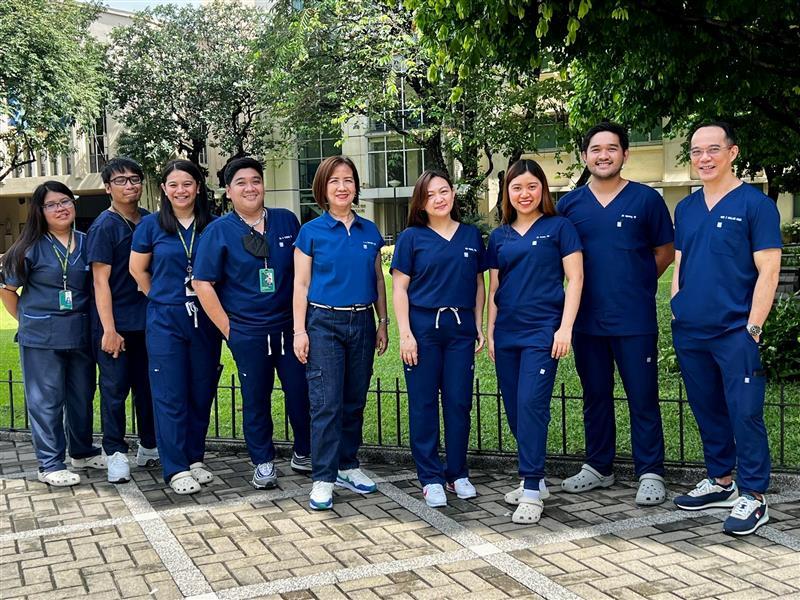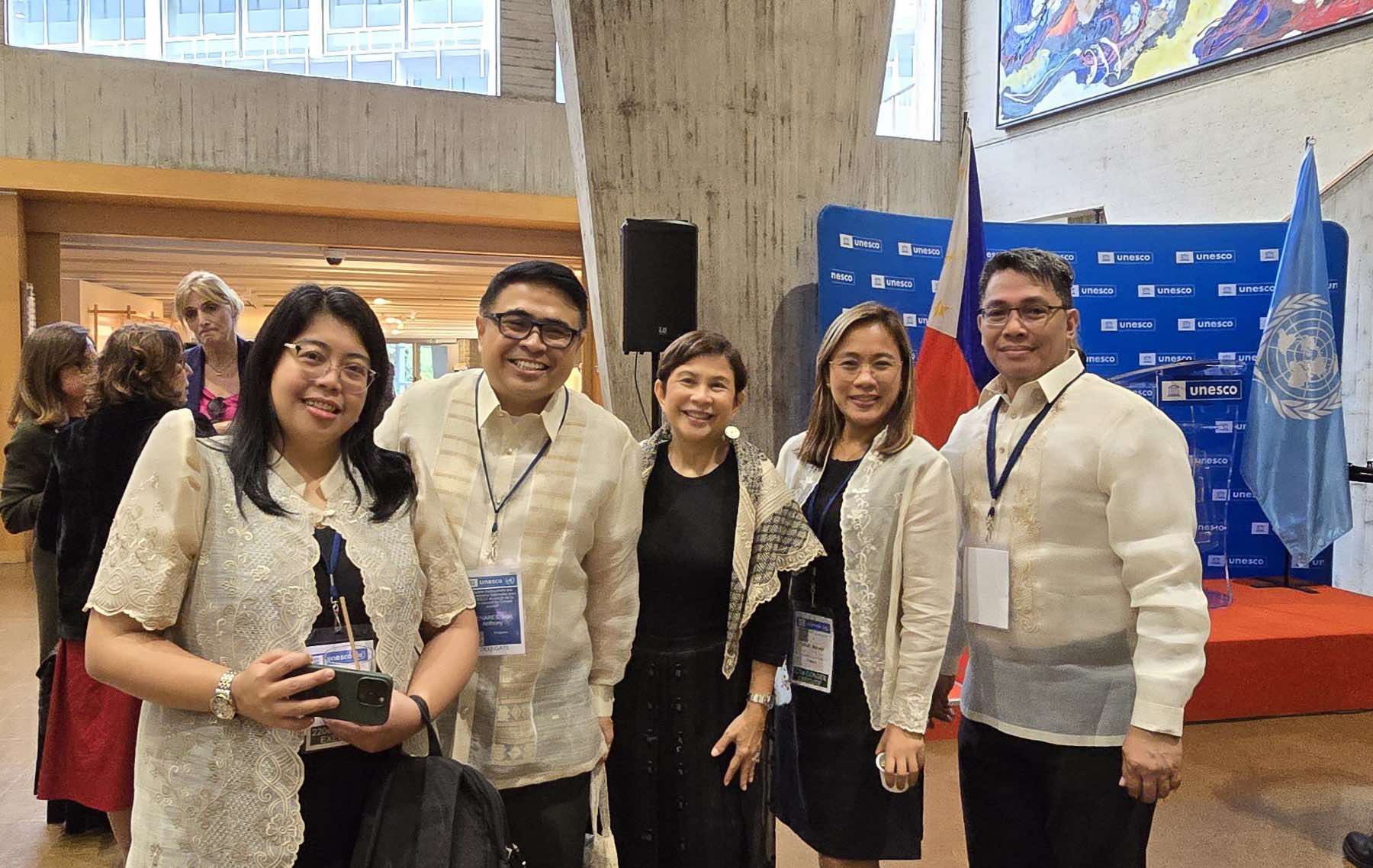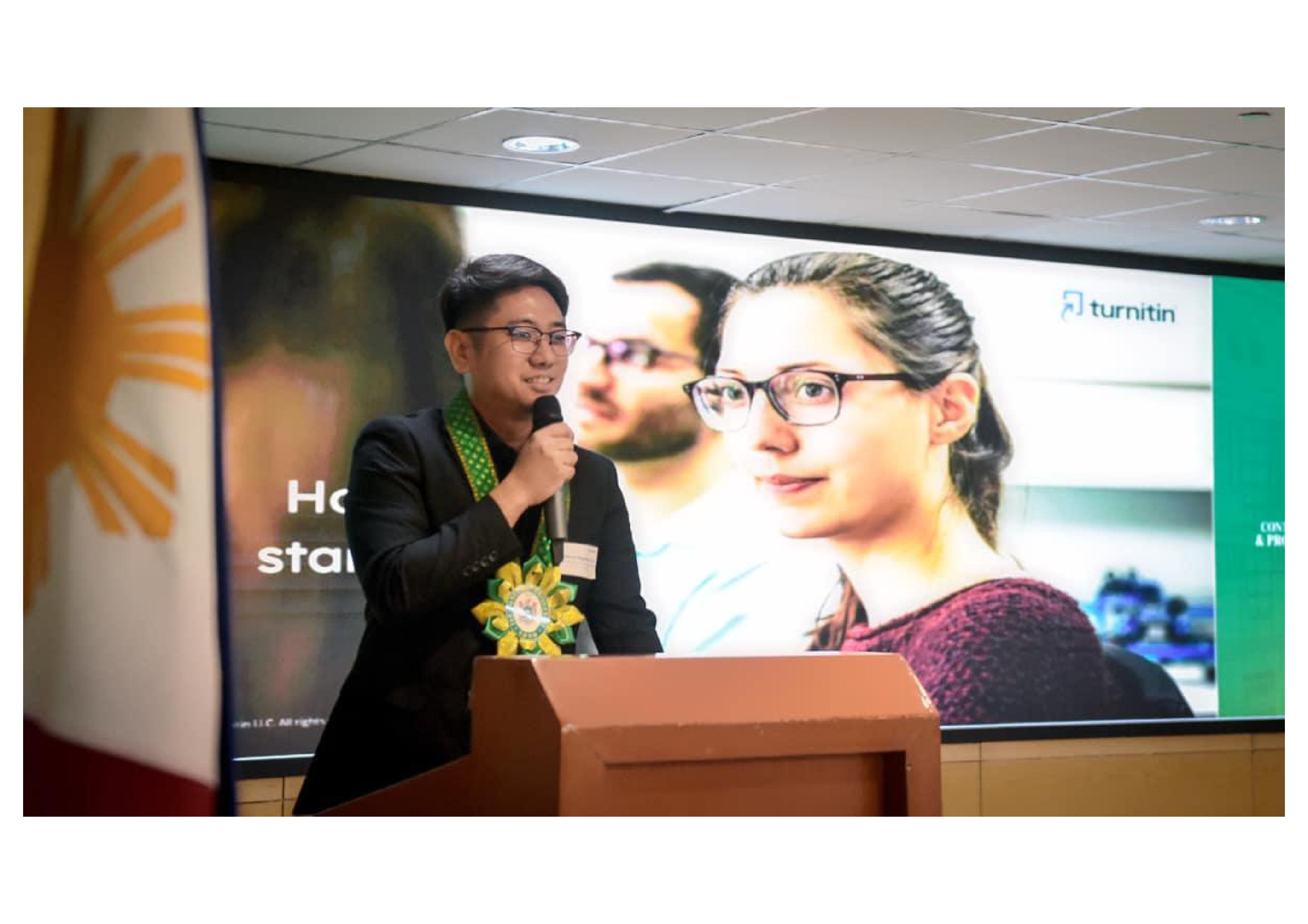Dr. Desiree E. Chiongson along with staff of the FEU Health Services unit. Photo from UHS.
For Ana (not her real name), it was an ordinary day in the first week of February for there was no forecast of bleak weather from DOST-Pagasa. She was among many learning facilitators who conducted classes in Far Eastern University (FEU) for the first period from 7:30 am to 9 am.
“My students know that I have Type 1 diabetes, so they immediately brought the sweating to my attention. They said I was becoming pallid, too,” said Ana in a mix of English and Filipino. According to Mayo Clinic, “Type 1 diabetes, once known as juvenile diabetes or insulin-dependent diabetes, is a chronic condition. In this condition, the pancreas makes little or no insulin.”
Earlier that day Ana had injected herself with insulin, but since she had not consumed enough food and did not drink the special kind of juice she had in her bag, she was fast becoming hypoglycemic.
“Hypoglycemia is a condition in which your blood sugar [glucose] level is lower than the standard range. Glucose is your body’s main energy source,” according to Mayo Clinic. Its symptoms include sweating and looking pale.
Other symptoms are, according to Mayo Clinic, loss of coordination, slurred speech, and blurry vision. “Treatment,” according to Mayo Clinic, “involves quickly getting your blood sugar back to within the standard range either with a high-sugar food or drink or with medication.”
Ana did not lose consciousness, but she was apparently confused. Her students called the security guard on duty in the Arts Building, where they were attending class. Using a wheelchair that the University Health Services (UHS) provides in the building, the guard picked her up from her classroom and wheeled her to the school clinic or UHS.
“We provide first aid training to our guards,” said Dr. Desiree E. Chiongson, director of UHS, in a mix of English and Filipino. They are also trained to perform cardiopulmonary resuscitation or CPR—”a lifesaving technique that’s useful in many emergencies in which someone’s breathing or heartbeat has stopped,” according to Mayo Clinic.
Dr. Chiongson saw that Ana was not unconscious. But Ana’s blood-sugar level was around 32 mg/dL, a test showed. Had it continued to drop to 30 mg/dL and below, she could have slipped into a diabetic coma.
“We injected her with a 50/50 concentrated sugar solution,” said Dr. Chiongson. “Glucagon injection is an emergency medicine used to treat severe hypoglycemia in diabetes patients treated with insulin who have passed out or cannot take some form of sugar by mouth,” according to Mayo Clinic.
“My mother always reminds me about eating and taking my meds,” she said. But on this ordinary day she forgot all about it, perhaps because of her workload two weeks after the second semester had started.
Earlier in January while Ana was at home she became hypoglycemic, so her family took her to FEU Nicanor Reyes Medical Foundation in Quezon City, where her endocrinologist is a resident.
“The UHS itself has the necessary medical equipment to use in case of emergencies,” said Dr. Chiongson. She added that the school clinic even has a defibrillator—“a device that applies an electric charge or current to the heart to restore normal heartbeat,” according to Mayo Clinic. On the day that Ana was taken to UHS, the staff was ready.
“We should be aware about our conditions. Information is readily available,” said Dr. Chiongson. “We need to listen to our doctors.”
The UHS serves the entire FEU community. Students consult with them about their medical certification, among other things. Faculty and staff submit the results of their annual physical examination to the school clinic. At the UHS, they may consult with an orthopedic surgeon, pediatrician, and general practitioner as well as nurses and aides.
“Faculty members, like Ana, are encouraged to be active members of the FEU community especially that their students look up to them,” said Dr. Chiongson.
A group of regular faculty members swears by the university, particularly UHS, and its medical and other benefits. At the height of the COVID-19 pandemic, they noted, the UHS led SARS-CoV-2 inoculations. For her part, Dr. Chiongson constantly reminded the FEU community about health protocols, like masking up and physical distancing.
“We are ready to respond,” said Dr. Chiongson, citing instances when they provided emergency care to patients around the FEU campus, including the use of the UHS ambulance.
Ana’s February emergency was not the first that she had at FEU, but this time it was acute hypoglycemia. Dr. Chiongson was grateful that Ana was taken to the UHS soon enough. According to a study by Elizabeth R. Seaquist, John Anderson, Belinda Childs, and others, “Severe hypoglycemia is believed to be responsible for 4 percent to 10 percent of deaths in individuals with Type 1 diabetes.”
“Emergencies are abrupt. I am just thankful for each day that I live. I am also thankful for the UHS for being a saving vessel,” said Ana.




